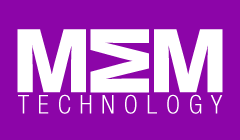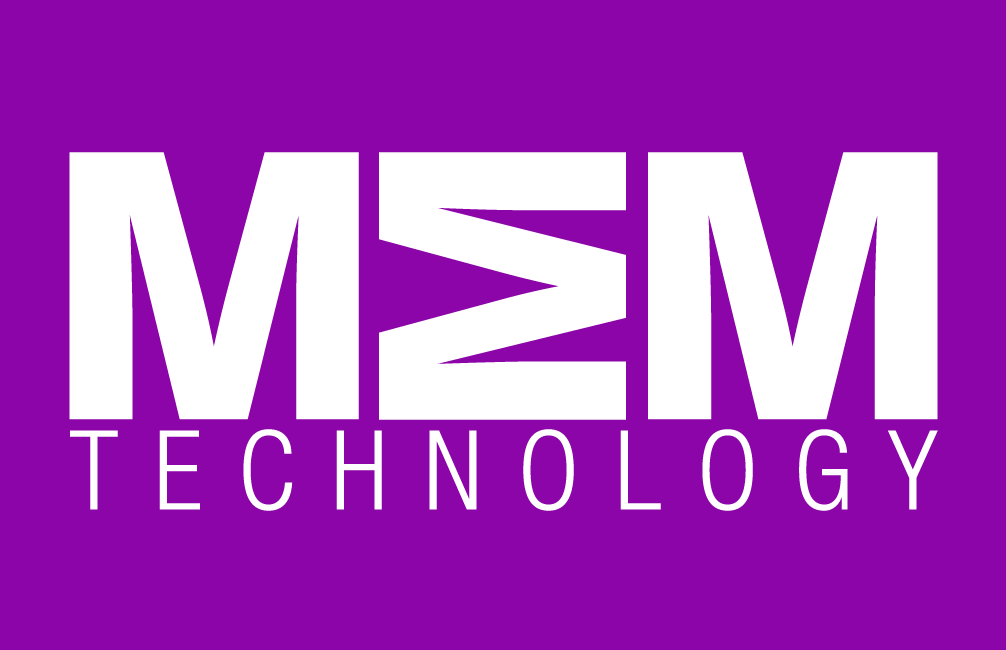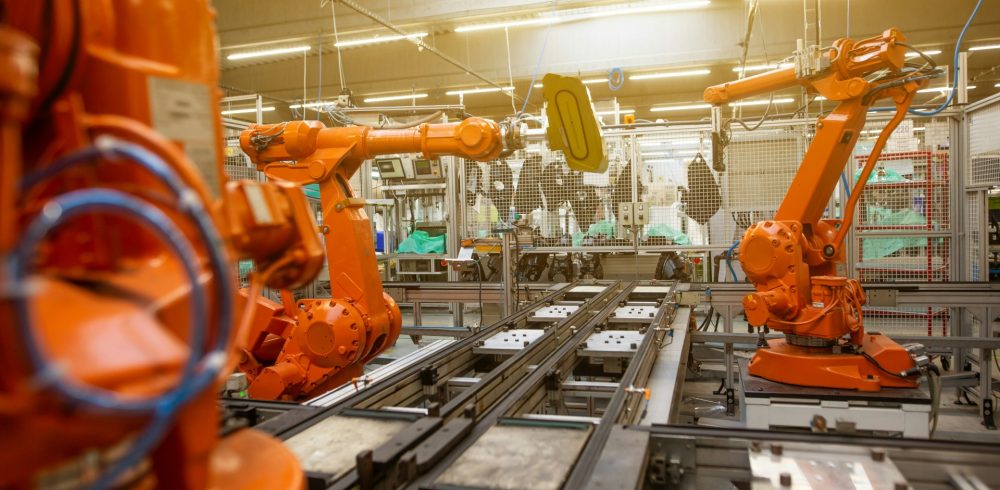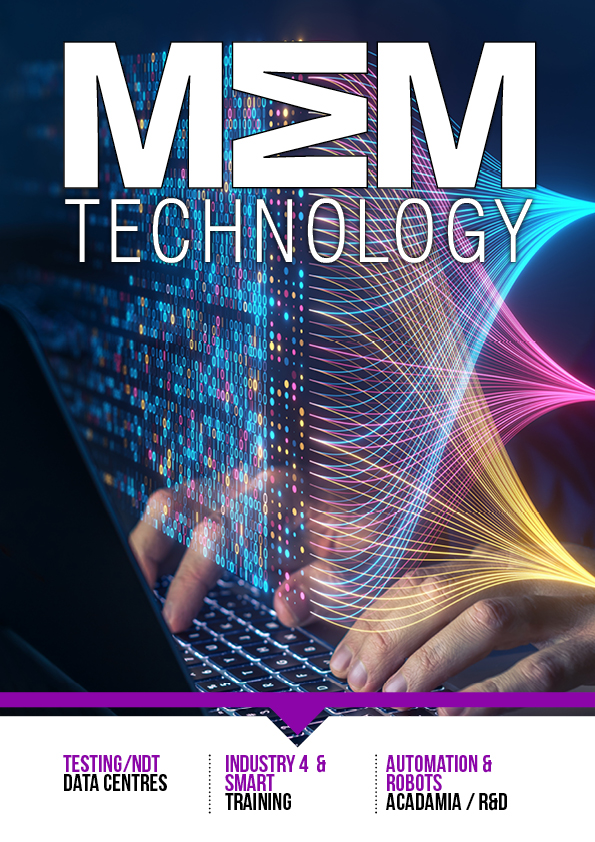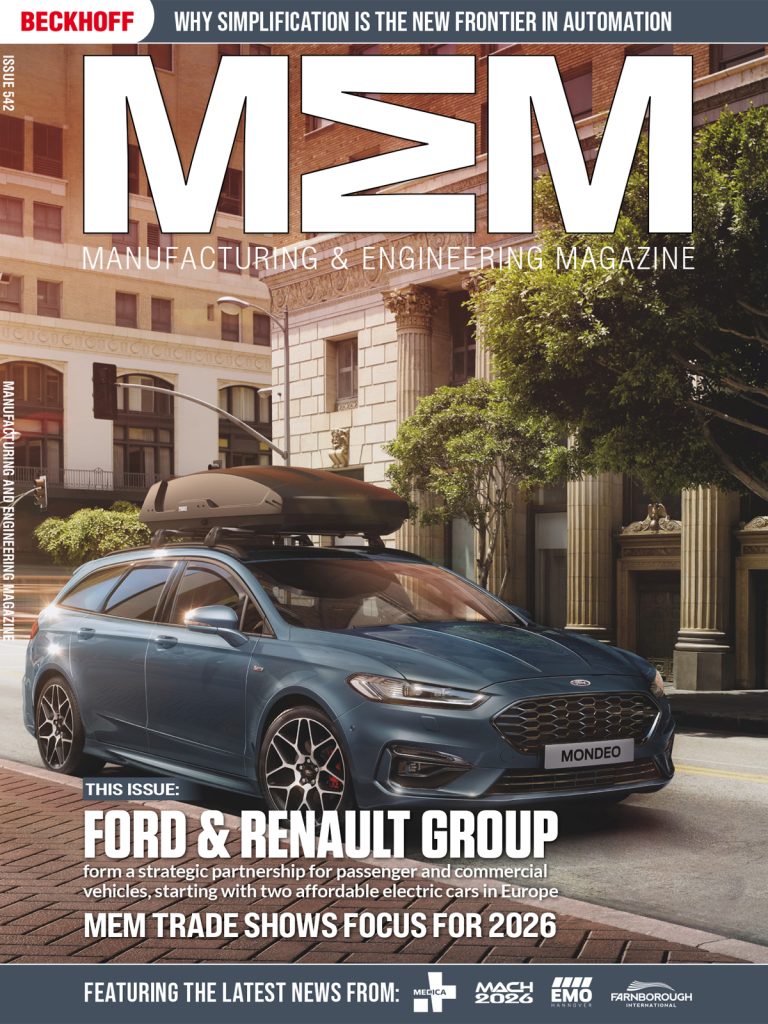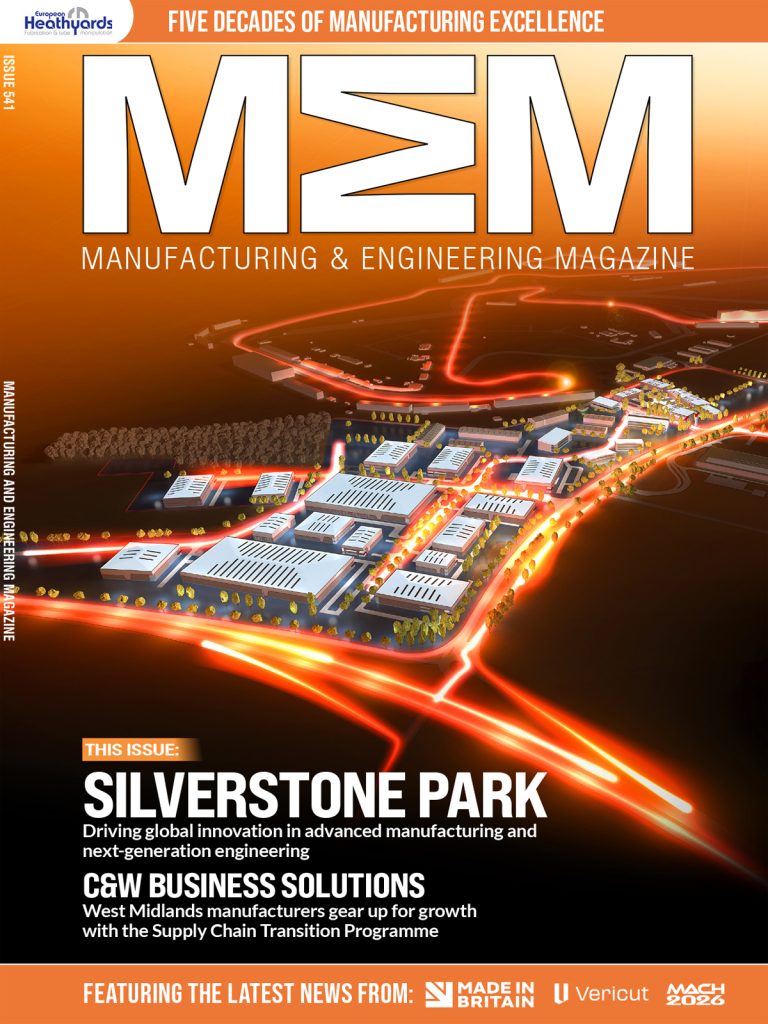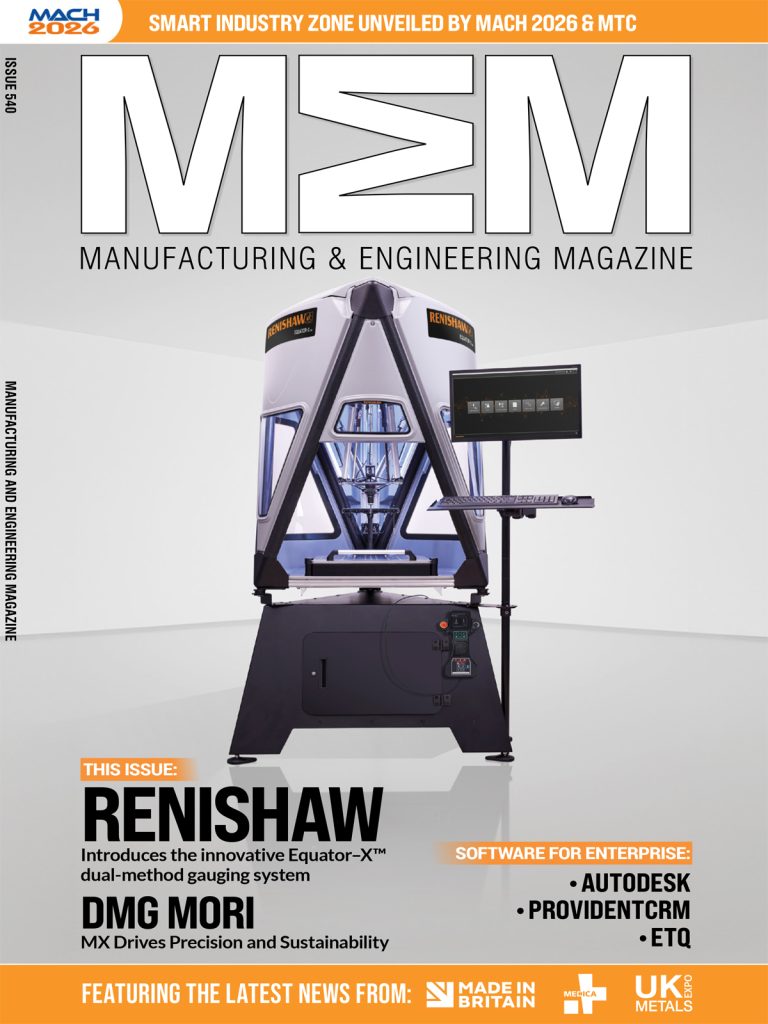2025 is going to be the year of the industrial robot in the United Kingdom. In fact, we are almost in a place where we could use the phrase ‘perfect storm’ without sounding hackneyed. Richard Stone, who is the founder of Stone Junction, a specialist technical PR agency, and who has been working with robot companies for nearly 25 years, explains his view.
Industry in the UK has been primed for increased use of industrial robots by several factors, from Brexit related labour shortages to rising costs, and the need for greater productivity.
Alongside this, the UK’s push toward advanced manufacturing aligns with Industry 5.0, encouraging adoption of AI and robotics to enhance global competitiveness.
Furthermore, Government incentives for technology adoption are also driving the shift, positioning the UK for an automated, resilient industrial future. I think there are seven key points that are going to make the difference in 2025.
Collaborative robots (Cobots)
Cobots are designed to work alongside humans, assisting with tasks that require precision and adaptability. Their integration into manufacturing processes is anticipated to increase, enabling more efficient human-robot collaboration.
However, I’m seeing an increasing shift back to non-collaborative robots, as manufacturers realise that most applications just don’t need a human to work in physical proximity to a robot.
I think 2025 will be the year that we regularly see end users and the systems integration community alike make sound and seasoned judgements on whether collaborative or non-collaborative is the way to go.
Autonomous mobile robots (AMRs)
AMRs have been set to revolutionise material handling in warehouses and factories for a while. And they already are, as we’ve seen with the likes of Ocado, whose mobile robots have been wowing industry for some time.
Equipped with advanced sensors and AI, AMRs can navigate dynamic environments, optimising logistics and reducing manual labour. But it’s really all about the fleet management software. For instance, robot manufacturer KUKA provides AI-based fleet management software, KUKA.AMR, which enables real-time control and monitoring of a heterogeneous AMR fleet. For reference, if that’s not clear, that means multiple types of AMRs controlled from one platform.
Robotics as a Service (RaaS)
The RaaS model allows businesses to adopt robotic solutions without significant upfront investments. This subscription-based approach offers scalability and flexibility, making automation accessible to a broader range of industries. For instance, Formic, a US start up, is delivering RaaS for industrial applications, which I see as a long overdue step forward.
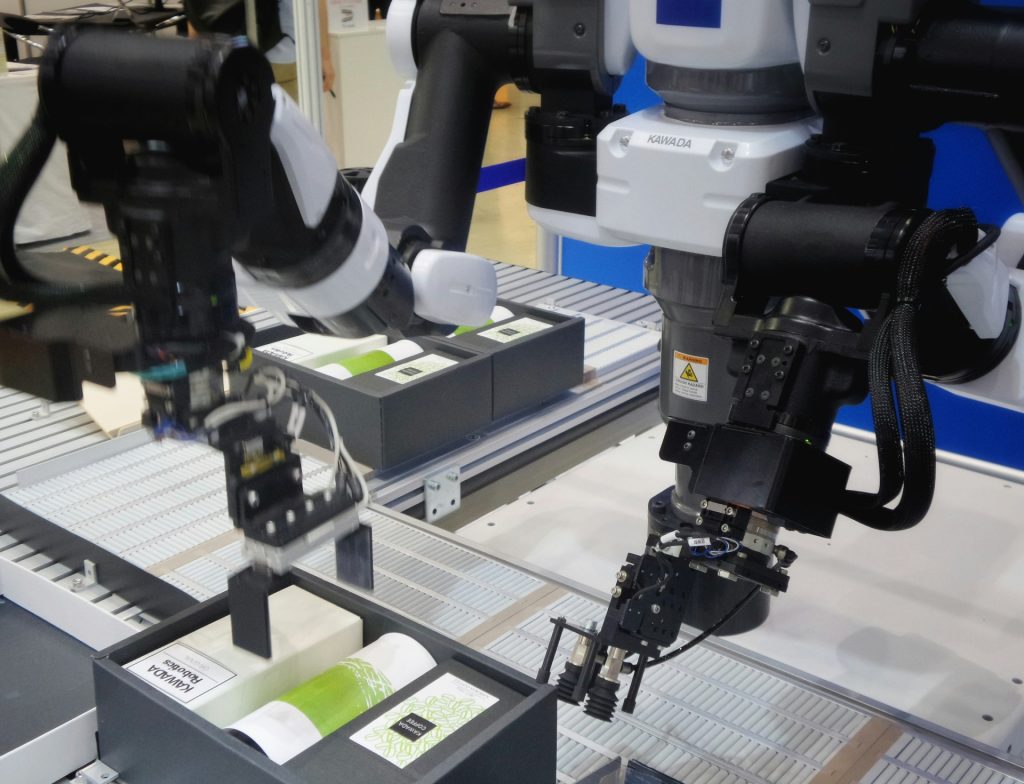
Integration of artificial intelligence
AI integration enhances robots’ capabilities in decision-making and adaptability. This advancement enables robots to perform complex tasks, learn from their environments and improve over time, leading to more intelligent and autonomous systems.
Machine vision is one of the biggest examples of this in industry by far, and one of the areas with the most potential. Companies including Fanuc and KUKA have integrated AI algorithms with machine vision to enable robots to see and learn in ways that enhance their flexibility and precision.
Humanoid robots
Humanoid robots are being developed to perform tasks in industrial environments designed for humans. Their potential applications include logistics, manufacturing and customer service, addressing labour shortages and improving operational efficiency. For instance, Digit, from Agility Robotics, is used directly in the industrial workflow, doing actual meaningful work, right now.
Enhanced safety features
Advancements in sensor technology and AI are improving robots’ ability to operate safely alongside humans. This development reduces the need for extensive safety barriers and allows for more integrated workspaces.
Shibaura Machine’s advanced safety features are a great example, including advanced sensors and AI based systems to respond to hazards. Some models also offer safety category three standards, including protective bellows for the Z-Axis and dust-proof and splash-proof specifications, enhancing operational safety.
Expansion into new industries
Robotics is extending beyond traditional manufacturing into sectors like healthcare, agriculture and logistics. Applications include surgical assistance, crop harvesting and autonomous delivery systems, showcasing the versatility of modern robots.
My role as a communicator is to help businesses articulate the benefits and opportunities that the robotics industry creates and to assist in quelling some of the inevitable backlash, which often focusses on the impact of automation on employment. The irony is that robots nearly always create jobs in the medium and long term, even if in the very short term they replace people.
And as a communicator this is my biggest prediction; we’ll soon be able to say that the perfect storm of industrial robots in the UK is finally breaking. The United Kingdom has been primed for an explosion in the use of robotics for some time and I think 2025 is the year it will happen.
To keep up to date with the latest theory and practice in technical PR, subscribe to Stone Junction’s podcast, The Junction Box, on Apple Music, Spotify or wherever you prefer to get your podcasts today.

Manufacturing & Engineering Magazine | The Home of Manufacturing Industry News
